Samsung's high-speed UFS memory cards: what to expect from the new standard?
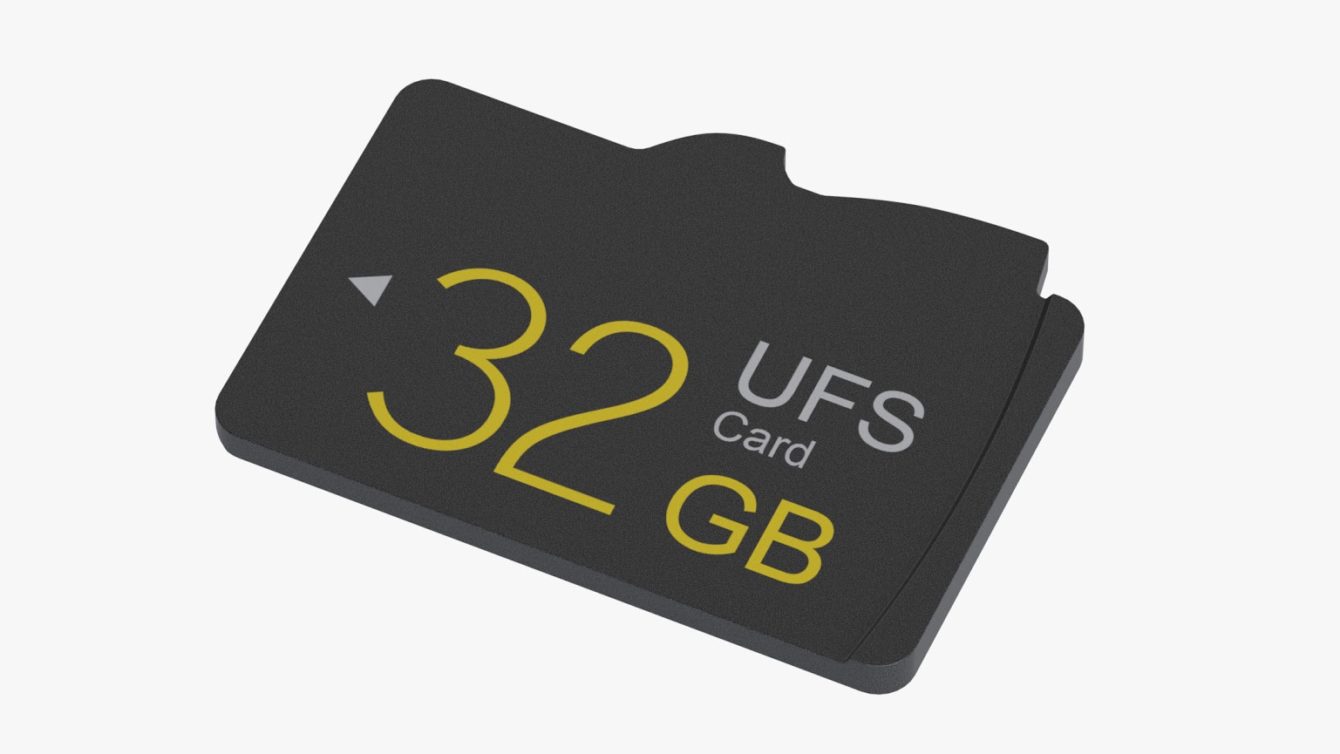
Samsung UFS card minimum size
Last week, Samsung Electronics Corporation released the world's first memory card standard UFS 1.0 (JEDEC Universal Flash Storage 1.0 Card Extension Standard). The model range includes cards in 32, 64, 128 and 256 GB.
The development of UFS-memory began in 2013 with the adoption of Universal Flash Storage 2.0 standard by the Joint Committee for Electronic Device Engineering (JEDEC) (in April, the JEDEC Committee announced the update of the standard to UFS 2.1). In 2016, the JEDEC Universal Flash Storage 1.0 Card Extension Standard was adopted, providing the ability to develop new memory cards.
In the near future, a number of equipment manufacturers will introduce devices that support the UFS standard. First of all, these are action cameras, smartphones, drones, photographic equipment. Samsung has already begun to introduce UFS-memory into its devices: in Galaxy S6 and S6 Edge smartphones, the main memory is UFS. The proposed specification, in addition to Samsung, was supported by Nokia, Texas Instruments, STMicroelectronics and Micron Technology. What is the advantage of the new standard over the old one? Let's see.
')
Speed
For modern devices, read / write speed is a critical indicator. The maximum speed of sequential reading of data for these cards reaches 530 MB / s, which is five times more than the standard UHS-1 microSD cards (maximum 95 MB / s) and 3.5 times higher than the microSD cards UHS-II (156 MB / s). Another advantage of the new cards is high performance.
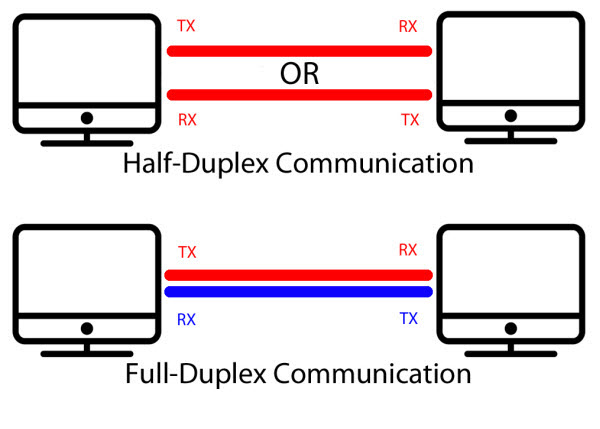
UFS provide 40 thousand I / O operations per second, which is 20 times more than microSD cards. The developers have achieved and low power UFS-cards. This was achieved by adding support for multiple teams with their ordering.
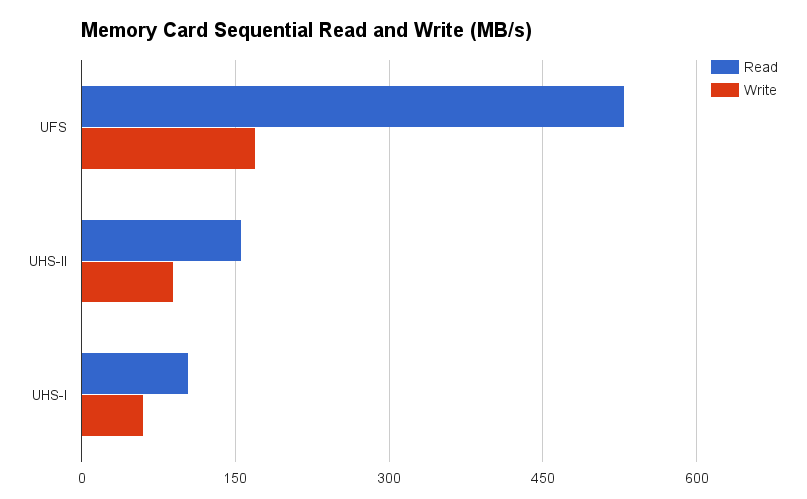
The real advantages in read / write speeds for UFS are even higher than mentioned above. The fact is that inexpensive microSD Class 10 cards are installed in the vast majority of devices. And they are much less productive than top cards. Write speed is only 10 MB / s. Only the most expensive branded V90 models provide recording speeds of up to 90 MB / s. But in this case, such a recording speed can be achieved only if the media is still empty. UFS exceeds the fastest microSD cards by five times in read speed and 2-3 times in write speed.
Features microSD satisfactory to work with video quality 1080p or images in jpeg. But now it is becoming more common 4K video format, increasing the resolution of photos. Many photographers prefer to work with RAW photos. And here microSD cards are already failing - their performance is not enough. A new standard appeared just in time.
Lower power consumption
Usually the high performance of the device or its element (processor, graphics adapter, drive) leads to significant power consumption. In the case of UFS, the situation is different. The most high-performance microSD card consumes 2.88 watts in peak mode and 0.72 watts in idle mode. According to the specifications of the new standard, the power consumption of memory cards of a new type is just 1.54 watts. This is almost two times less than that of top microSD cards. High read / write speed of UFS cards also means that files are transferred faster, and the card will most likely shut down in active mode, going into quiescent mode.
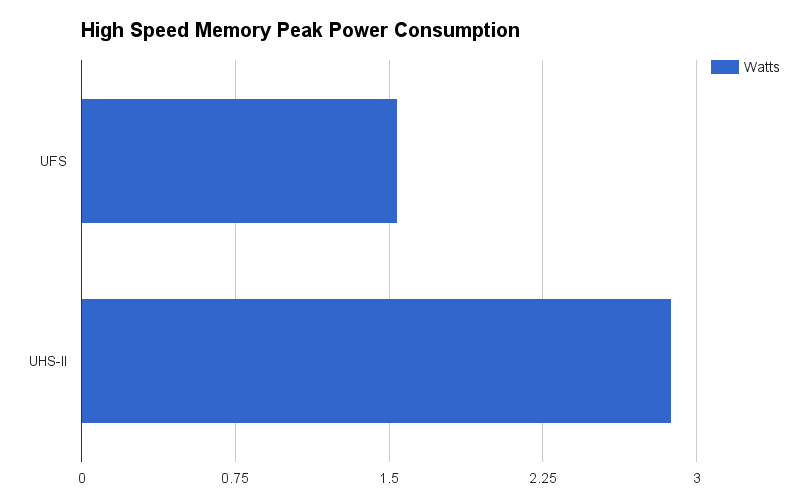
Inactive, this card consumes almost no energy. This means that a camera or a video camera with a UFS card can take more pictures or take longer pictures than with similar equipment with a microSD card. Phones with main and additional UFS memory will also work longer.
Memory unification for applications
The emergence of mobile devices, where internal and additional memory belongs to the same standard, will make life easier for mobile application developers. Now, some companies and individual developers do not allow or complicate the process of installing their applications on memory cards. It's all about the performance of the standard microSD, which adversely affects the performance of the application.
In many modern gadgets, internal memory refers to the standard eMMC, and additional - to the standard microSD. Initially, the UFS interface is proposed as a replacement for the outdated eMMC interface. This interface has been used for several years to connect internal memory to mobile device chips. eMMC - parallel interface, UFS serial interface. Such changes can not only reduce energy consumption, but also simplify wiring to the boards. For data transmission, it is permissible to use only one line. Application performance on new mobile devices with unified memory should be higher.
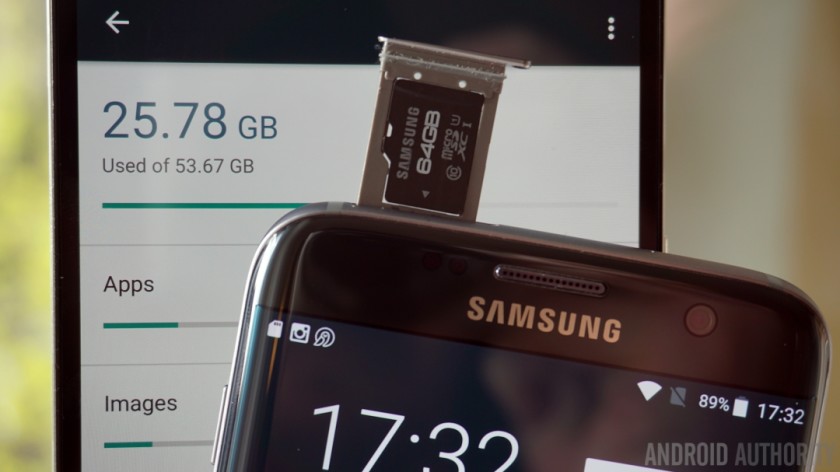
Such a function as Unified Memory Extension allows especially capacious applications to use the UFS memory card of the device in situations when the RAM is exhausted. So far it is unclear whether this feature will be used in the Android OS, but the idea itself is good.
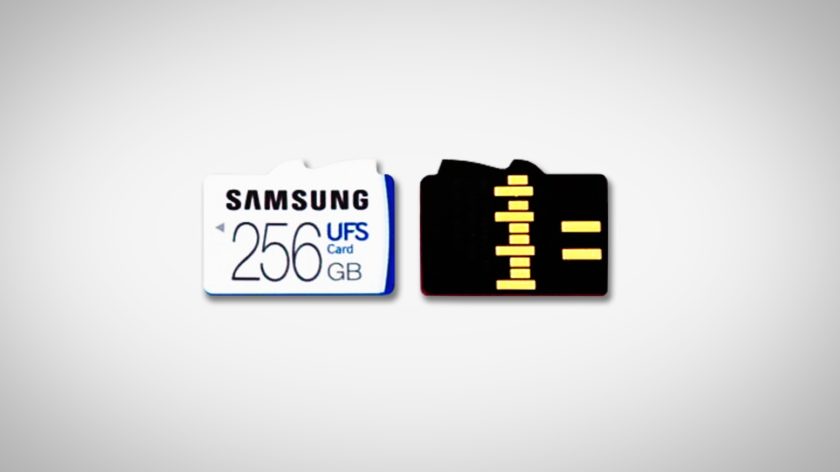
Immediately introduce a new standard will not work, because the location of the contacts at the microSD and UFS cards is different. The electrical interface for UFS is the M-PHY standard published by the MIPI Alliance. This means that you cannot insert a UFS card into the microSD card slot and vice versa. Therefore, manufacturers of mobile devices will have to adjust the release of gadgets that support the UFS-standard. And it takes time. Samsung, most likely, will add support for new maps in new models of their smartphones. Full-scale access to the UFS market of gadgets and the memory cards themselves should occur somewhere between 2017 and 2018.
UPD. Today, Samsung has announced a new development - a universal slot for UFS and microSD memory cards. Earlier in the comments, many users complained that the new format is incompatible with the old one, and in new phones it will not be possible to read microSD cards. The company has solved this problem.
In the new Samsung devices, including tablets, phones, laptops, these universal slots will be installed. There is still no backwards compatibility, so old devices with a microSD UFS card slot cannot be considered. Probably the first device with a new type of slot will be the Galaxy Note 7.
If the development of the company will be adopted by electronic device manufacturers, there will be no compatibility problems. For now, it’s impossible to talk about the microSD coming out of circulation soon. Memory cards of this format are sold everywhere, thousands of them are in the hands of users. In addition, almost all modern devices support this format, so you can, for example, remove the microSD from the phone and insert it into the tablet without thinking about the compatibility of both gadgets.
Anyway, a socket capable of working with different formats is a good idea.
Source: https://habr.com/ru/post/395825/
All Articles